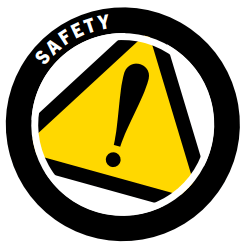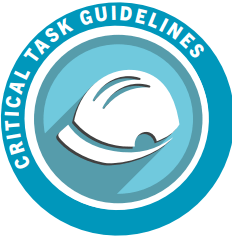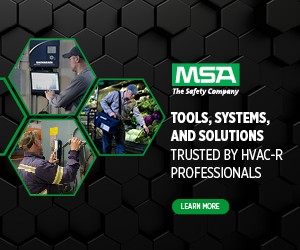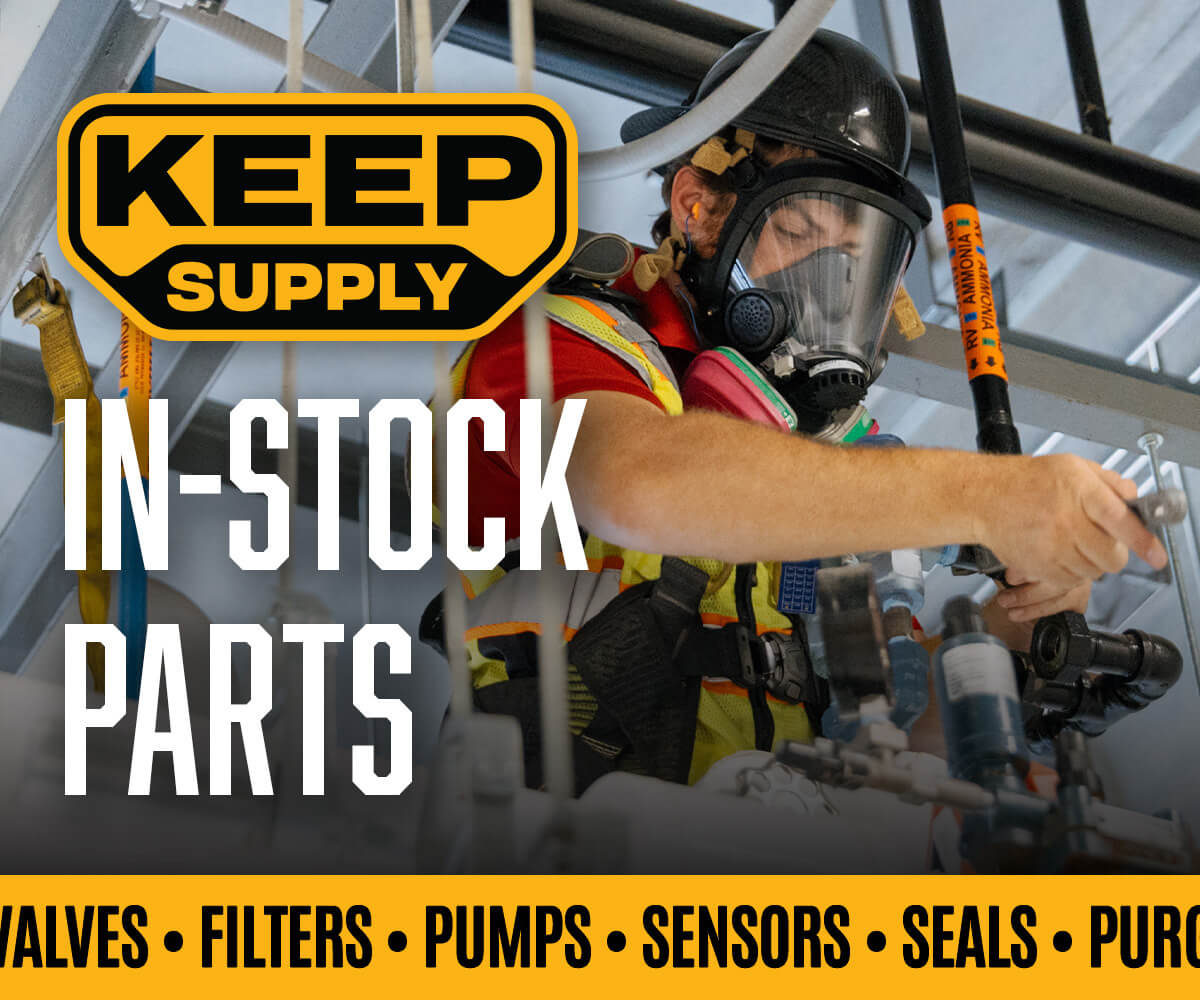EPA Compliance Assurance and Enforcement Focus: Improving Safety at Facilities within the Pacific Northwest with Smaller Ammonia Refrigeration Systems
The following fact sheet was published by the Environmental Protection Agency Region 10 to communicate details about the Region 10 compliance initiative for facilities under 10,000 pounds of ammonia. It is reproduced here for the benefit of IIAR members and non-members with facilities under 10,000 pounds of ammonia.
Read More























